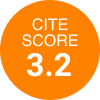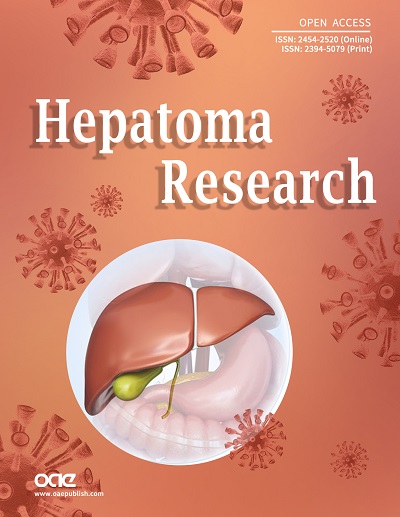fig3

Figure 3. Classically activated M1 macrophages are activated by interferon-gamma (INF-γ)[96], tumor necrosis factor (TNF-α), GM-CSF[97,98] and lipopolysaccharide (LPS)[100], whereas alternatively activated macrophages are activated by M-CSF[107], prostaglandin F (PGF), prostaglandin E2 (PGE)[79], and vitamin D3. M1 phenotype is characterized by IL-1β, IL-6, IL-12, IL-23, CXCL9, CXCL10, and major MHC molecules[103] expression and M2 phenotype is characterized by IL-10, TGF-β, VEGF-A, MMP-2 and arginase-1[40] expression. M1 macrophages also express surface proteins CD68, CD80 and CD86[104], whereas M2 macrophages express CD163, CD204[99], CD206, and CD301.







